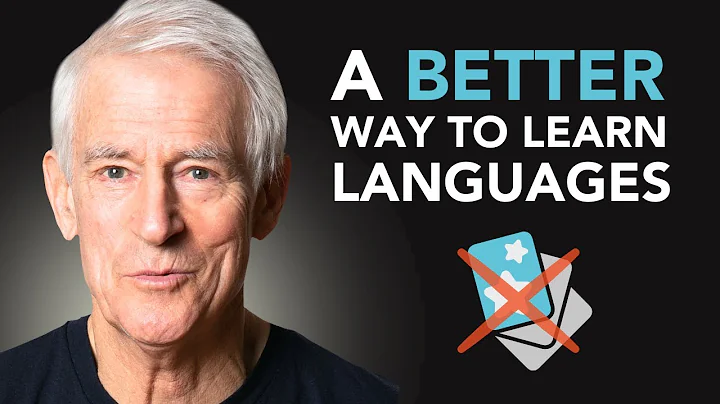The 2022 Physician Skills Examination is getting closer and closer. For medical candidates, even if we have mastered the basic operating skills, there are many details that require special attention, so you must read the following points carefully, they will definitely be useful to you. !

Tips: Details are hidden scoring points
Directional issues
During the physical examination, you should stand on the right side of the patient. Don't say "right side" while the person is standing on the left side. If the physical examination involves both sides, be sure not to forget the opposite side, such as measuring pulse rate (wrist), checking lymph nodes and thyroid , etc. Remember to check both sides. Doing only one side will cost you half your points.
Technique issues
The wrist pulse rate check is based on the contralateral principle, that is, the left hand checks the right hand, and the right hand checks the left hand. When inspecting axillary lymph nodes and supratrochlear lymph nodes, remember that the support arm and the inspection hand must be aligned. When examining eye movements, it should be stated that the patient is used as a reference. Many candidates in the examination room do the right thing but say the opposite.
Posture and fixation issues
When doing eye movement and eye convergence tests, it is important to emphasize that the patient's head should not move and the eyeballs and fingers should move. When checking the movement of the spine, emphasize immobilizing the shoulders or hips. Pathological signs such as Brucella's sign require holding the ankle and so on.

Sequence problem
Eye movement must be left, upper left, lower left, right, upper right, lower right. Heart auscultation must be five valve areas, auscultate mitral valve area (apex of the heart) → pulmonic valve area (second intercostal space on the left sternal edge) → aortic valve area (right sternal edge first) 2 intercostal spaces) → the second auscultation area of the aortic valve (the 3rd intercostal space on the left sternal border) → the tricuspid valve area (the 4th and 5th intercostal space on the left sternal border). Heart percussion must be performed from the outside to the inside and from bottom to top. Lung percussion must be done from the apex of the lung to the base of the lung, comparing the left and right sides, inside and outside, and up and down. The axillary lymph nodes are axillary apical group, central group, pectoral group, subscapular group and lateral group.
Experience 1: Practical operation is very important
The operation part of the skills test must be taken seriously. Memorizing theoretical knowledge will not help. There must be simulated operation exercises, and body surface markers and marking lines must be clear.
The most common mistake made by candidates in the examination room over the years is their ability to talk but not do it. For example, the position of the trachea does not know where the sternoclavicular joint is, the lower corner of the scapula is unclear during lung percussion, the sternal manubrium cannot be found during cardiac auscultation, and the abdominal organs slide with respiratory movement during palpation, etc.
You can’t find a simulated person to practice with, so you have to look for body surface markers and marking lines on your own body. In short, take it seriously and don’t be ambiguous.

Experience 2: Read the questions completely and review them carefully
Reviewing the questions carefully is a commonplace question, but it is also the question where candidates make the most mistakes. Take your time in the examination room, be calm and composed, and answer the questions after reading them.
Percussion of the lower boundary of the lung is not percussion of the mobility of the lower boundary of the lung, pupil and scleral examination is not pupil light reflection , palpation of abdominal mass is not abdominal palpation, heart palpation includes not only pulsation but also tremor and pericardial friction, hand and Don't forget your fingers when inspecting joints.
If all the brackets indicate that the test results need to be reported, the report needs to be reported. The report results should not be general, but should be specific to the heart rate, respiration, pulse rate, whether the rhythm is regular, whether the reflexes are symmetrical, whether there is hyperactivity or decrease, etc. The report should be specific and detailed, the more the better. Many points are given for each correct answer, until the maximum number of points is reached!
Experience 3: Don’t make mistakes when submitting sub-questions
The second station and the third station each have 3 points of humanities points. Generally, candidates only need to be neatly dressed, have a correct attitude, pay attention to communication with the patient before and after the examination, and pay attention to protecting the patient's privacy during the examination. You can basically get all 6 points.
Don't show off in the examination room. Wearing a white bag without buckling or wearing slippers is all stupid behavior.

Attitude 1: The examiner is very friendly, you need to have a normal mind
The examiner never wants to make it difficult for the candidates. As long as they don't know every question or completely give up and keep silent, the examiner will find points for the candidates according to the scoring standards. Even if you don’t know the test questions, as long as your posture and stance are correct, you will still get points. Take it seriously and don’t give up any points.
Many candidates panic when the examiner suddenly asks, thinking that they have made a serious mistake. In fact, many times the examiner's inquiry is to remind you whether there are any missing items or details, and often gives you the opportunity to make amends.
Attitude 2: Review carefully and have a correct attitude towards the exam
Don’t believe what others tell you. The skill operation is very simple and you can pass without reviewing. In fact, about 30% of people fail in the skill every year!
Please respond to the exam with a correct attitude. Being old or young is not a reason for the examiner to take care of you. The examiner needs to be fair to all candidates!
The exam is less than half a month away. I hope that all colleagues who are reviewing will also have a good rest and balance work and rest! Finally, best wishes to the candidates for the plenary session! You did it all right!





















